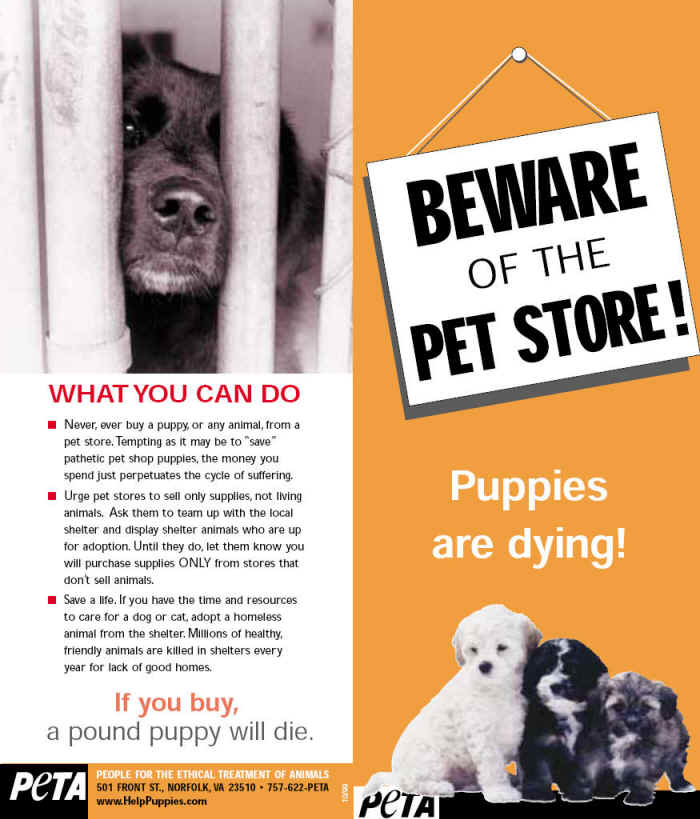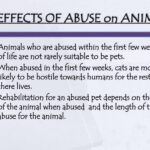Pets are companions, confidants, and members of our families. They deserve love, respect, and humane treatment throughout their lives. However, the sad reality is that not all pet stores advocate for animal welfare. Reports abound of establishments that prioritize profit over the well-being of the animals they sell. For that reason, it is crucial for both customers and activists to recognize and act upon any signs of animal cruelty in pet stores. This article outlines the steps you can take to report such establishments effectively.
Understanding Animal Cruelty in Pet Stores
Animal cruelty can manifest in innumerable forms, from inadequate living conditions and insufficient veterinary care to the blatant disregard for the animals’ psychological well-being. Common indicators include overcrowded cages, poor sanitation, lack of food or water, and visible signs of distress or illness in the animals. Recognizing these signs is the first step in taking action against inhumane practices.
Step 1: Documenting Evidence
Before taking any action, it is paramount to gather substantial evidence. Begin by thoroughly inspecting the pet store. Note the following:
- Animal conditions: Pay attention to how clean the cages are, whether animals have enough space to move, and if they are interacting normally.
- Veterinary care: Inquire about vaccination statuses, veterinary services, and the history of the animals. Document any inconsistencies.
- Photos and Videos: If safe and legal, take photographs or videos that can substantiate your claims. Capture shots of poor living conditions or visibly distressed animals.
- Witness Testimonies: If possible, gather the opinions of other customers or employees. They may have experienced or witnessed mistreatment.
It is important to remain respectful and non-confrontational while documenting your findings. You may be able to use this information later for formal reporting.
Step 2: Research Local Laws and Regulations
To understand the framework of animal rights in your area, familiarize yourself with local and state laws regarding animal welfare. Authoritative bodies often set specific guidelines for pet stores, including minimum standards for care and owner responsibilities. Knowing the relevant regulations will empower you to file a complaint that holds weight.
Step 3: Reporting to Authorities
Once you have compiled your evidence and understand the legal framework, it is time to report your findings. The entities you can contact include:
- Animal Control or Local Enforcement: This is usually your first stop. Animal control agencies have the authority to investigate complaints about cruelty and neglect.
- Humane Society or Local Animal Rescue Groups: These organizations often have resources and experience dealing with non-compliant pet stores. They may also assist you in a more formal complaint.
- State Veterinary Boards: If you observe neglect in veterinary care provided at the establishment, the local veterinary board may be able to take action.
- Consumer Protection Agencies: If the business is operating deceptively by selling sick or unhealthy pets, consumer protection agencies can intervene on behalf of the public.
When filing a report, be prepared to provide all documented evidence and a clear account of your observations. A detailed and well-organized report can significantly expedite the investigation process.
Step 4: Engaging with the Community
Activism is often more effective when it encompasses community involvement. Here are ways to engage:
- Education and Awareness: Organize or participate in community events aimed at educating potential pet owners about the importance of adopting from shelters instead of purchasing from pet stores.
- Social Media Campaigns: Utilize platforms like Instagram, Twitter, and Facebook to share your findings and raise awareness about local pet stores that may be violating animal rights.
- Petitions and Grassroots Initiatives: Work with local organizations to create petitions demanding stricter regulations for pet stores. Mobilizing community support can compel local governments to take action.
Step 5: Follow Up
After you have reported the pet store, it is crucial to follow up on your complaint. Contact the authorities you’ve reported to and inquire about any developments. Staying informed not only keeps the pressure on but also shows your commitment to animal welfare.
The investigative process may take time, and it is important to be patient. However, your continued involvement can help ensure that necessary actions are taken against those who neglect animal welfare.
Conclusion
In conclusion, being vigilant and proactive in reporting animal cruelty in pet stores is vital to protecting our furry friends. Understanding the signs of neglect, documenting evidence, reporting to the appropriate authorities, engaging the community, and following up are integral steps in this process. By taking these actions, customers and activists alike play a pivotal role in demanding accountability and humane treatment for all animals.
Ultimately, creating a society that respects and prioritizes animal welfare begins with informed, compassionate individuals who are willing to take a stand against cruelty.








